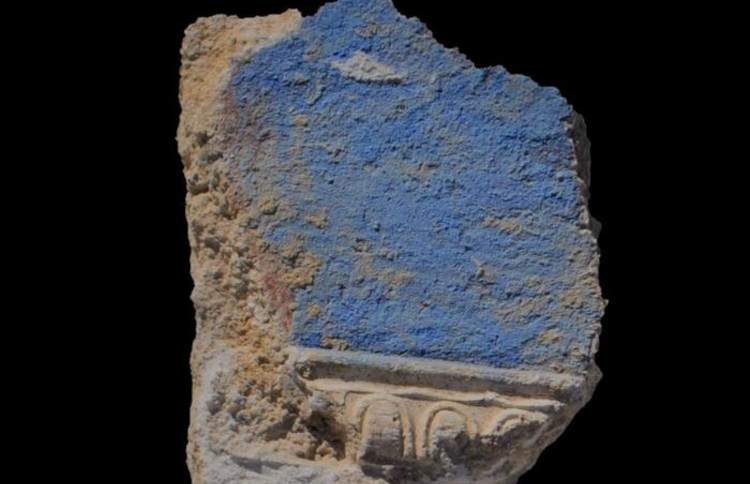Important discovery in the Archaeological Park of Cupra Marittima: the great Roman temple of Cupra built at the beginning of the first century A.D. presented in its first phase colors and images in the third Pompeian style, with the same colors and decorations found at the time in the richest houses of Pompeii and Rome. Declaring the discovery exclusively to Ansa is archaeologist Marco Giglio of theUniversity of Naples, who is part of the team conducting the new research campaign: a mission of the Campania university in collaboration with the Soprintendenza and the municipality of Cupra Marittima. The temple had walls with large panels, where the yellow of the plinth contrasted with the deep red and black of the central band, the solid colors interspersed with delicate decorations of flowers and candelabra, the niches for the statues and probably also the very high ceiling lit by a deep blue.
“Temples with the interior of the cella decorated with paintings are very rare,” the archaeologist said. "Until now only one was known in the third style, that of the Bona Dea in Ostia, where, however, the decorative scheme seems to be much simpler, in addition to the cryptoporticus of the sanctuary of Urbis Salvia, also in the Marche region, and the Roman temple of Nora, in Sardinia."
Fabrizio Pesando, scientific director of the excavation, explained that Cupra, which had taken its name from the temple’s deity, was inhabited by the families of the armies of Marc Antony and Octavian and their descendants (the Romans had settled there around the first century B.C. with a municipium later promoted to the rank of colony). Cupra was a thriving city at that time, with a forum and a large sanctuary of which very little remains today; excavations in recent weeks have made it possible to trace its original appearance.
Scholars believe that the loss of the splendid original colors was due to a major restoration that had become necessary around the first quarter of the second century AD, as the temple had revealed serious static problems. A “demanding and costly” intervention, archaeologists say, carried out with the same advanced techniques that had been employed in Pompeii after the earthquake of 62 AD, that is, the one that had preceded the eruption of Vesuvius by a few years. That restoration work is thought to have been financed by Hadrian, who was descended from a family from Atri, also in the Picenum region, and who in 127 A.D. had indulged in a tour, stopping in Cupra as well. Needing to reinforce the walls that contained the sanctuary cell, the walls were also chiseled and probably covered with marble, as was usual for the fashion of the empire.
Pictured is a fragment of the blue plaster. Photo by Marco Giglio
 |
| Cupra like Pompeii: major discovery reveals the original appearance of the great temple |
Warning: the translation into English of the original Italian article was created using automatic tools. We undertake to review all articles, but we do not guarantee the total absence of inaccuracies in the translation due to the program. You can find the original by clicking on the ITA button. If you find any mistake,please contact us.